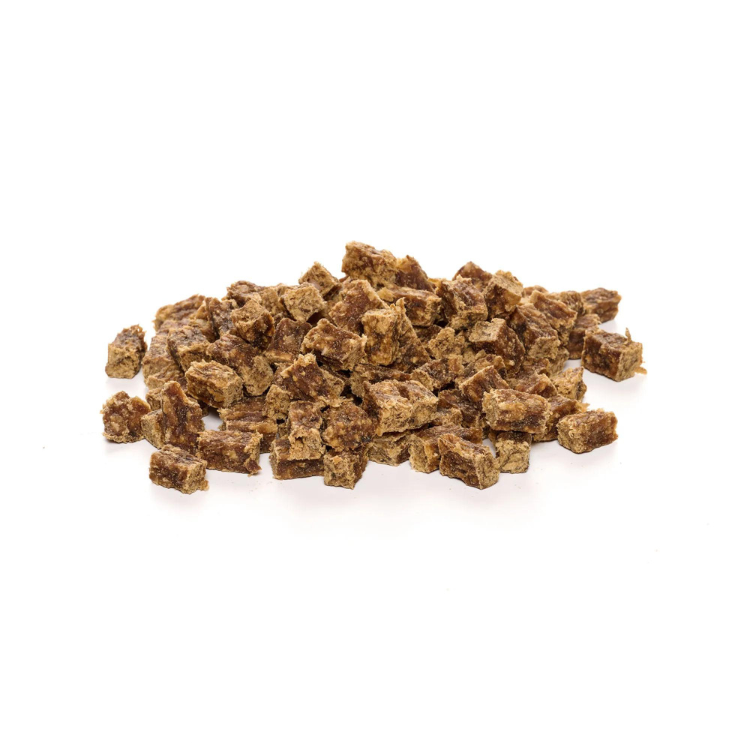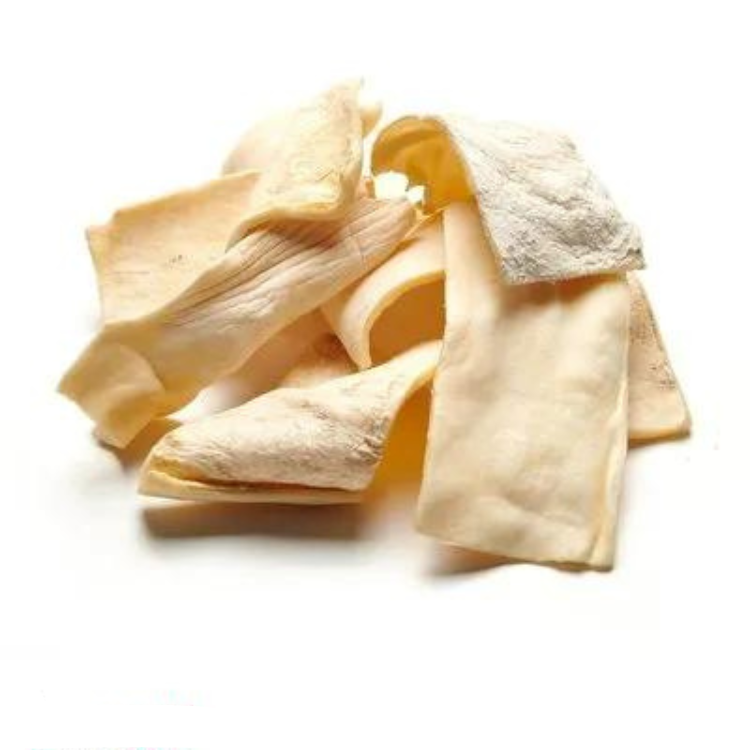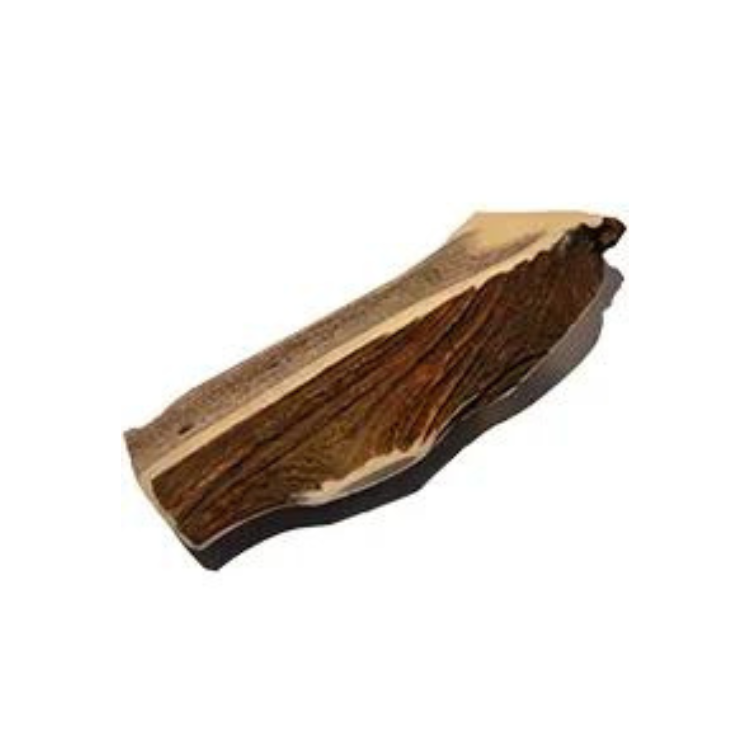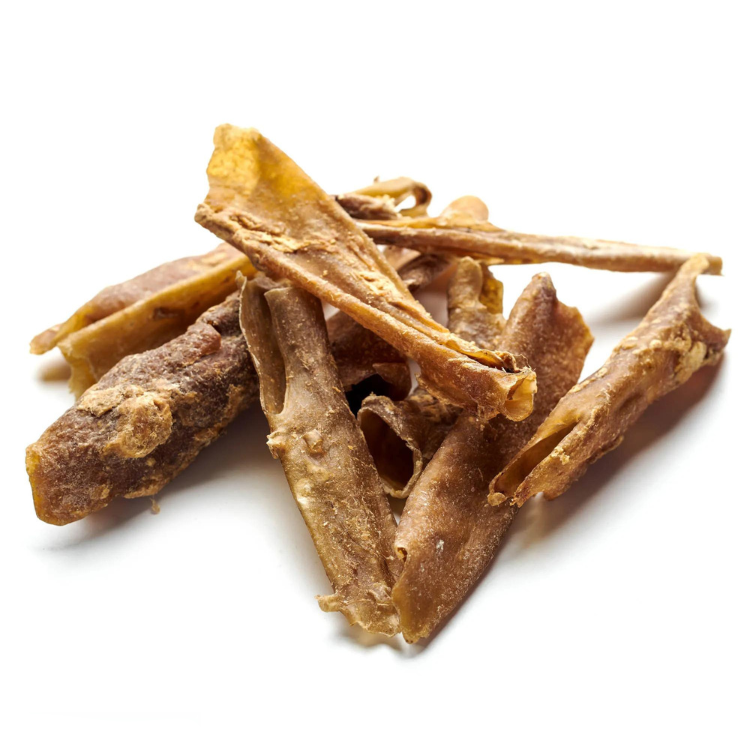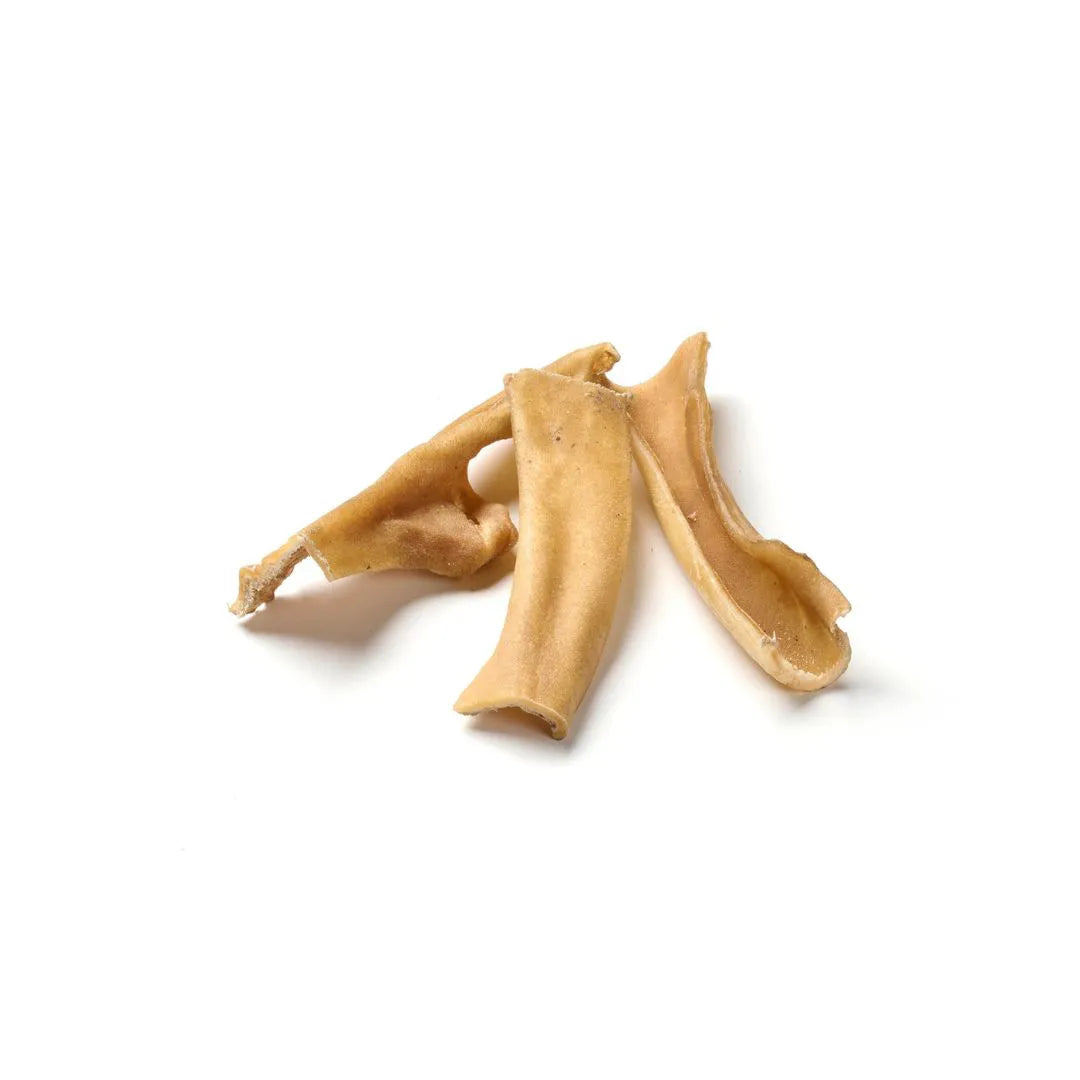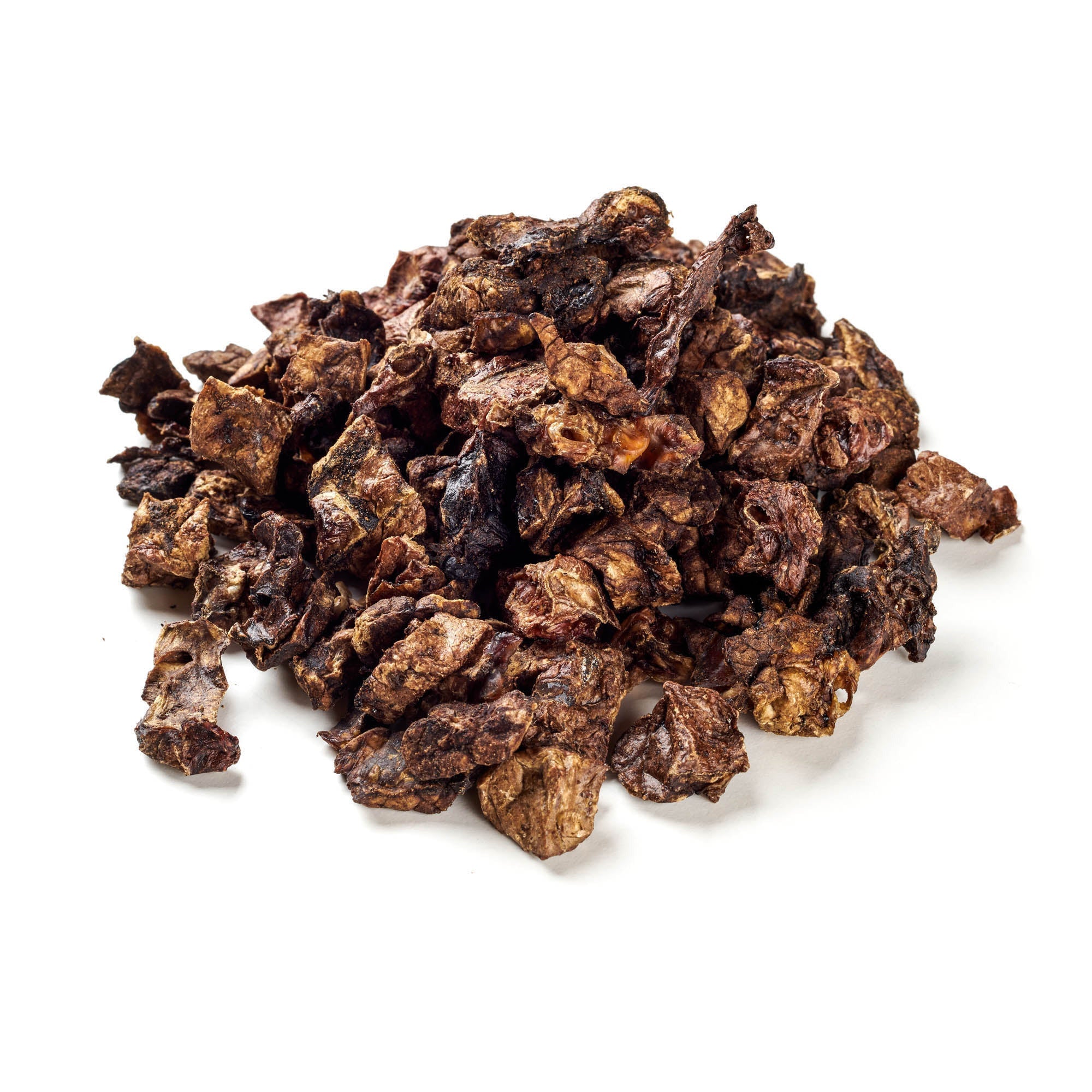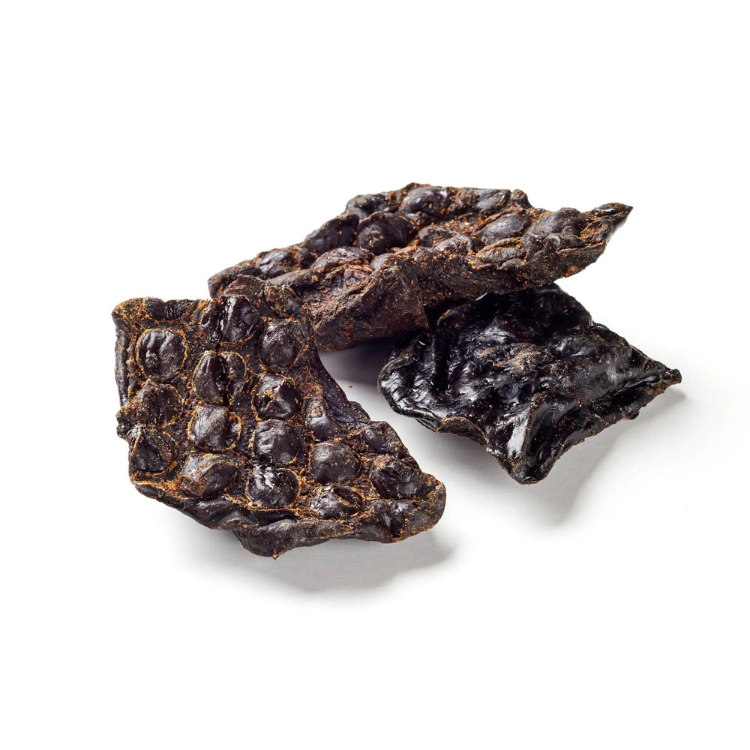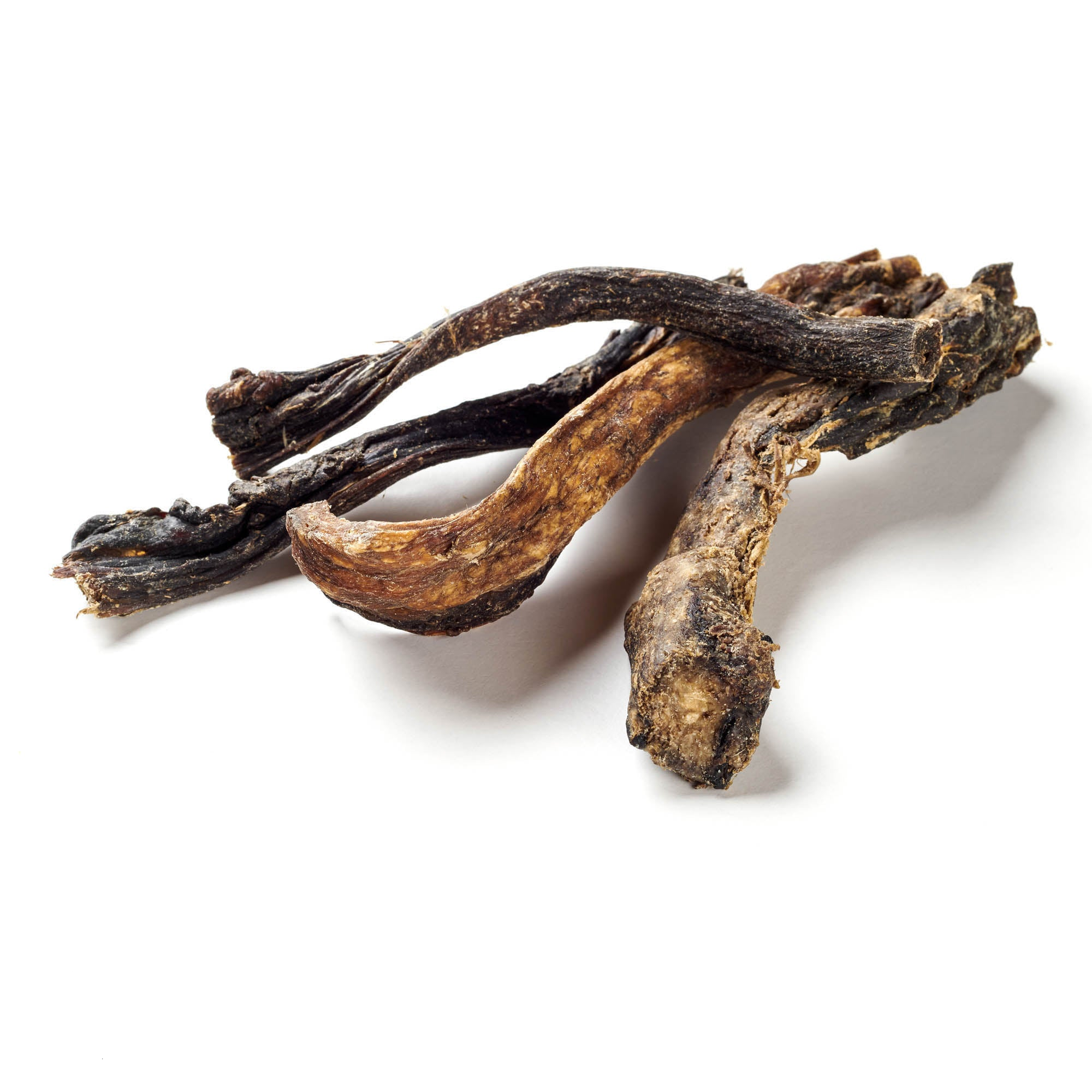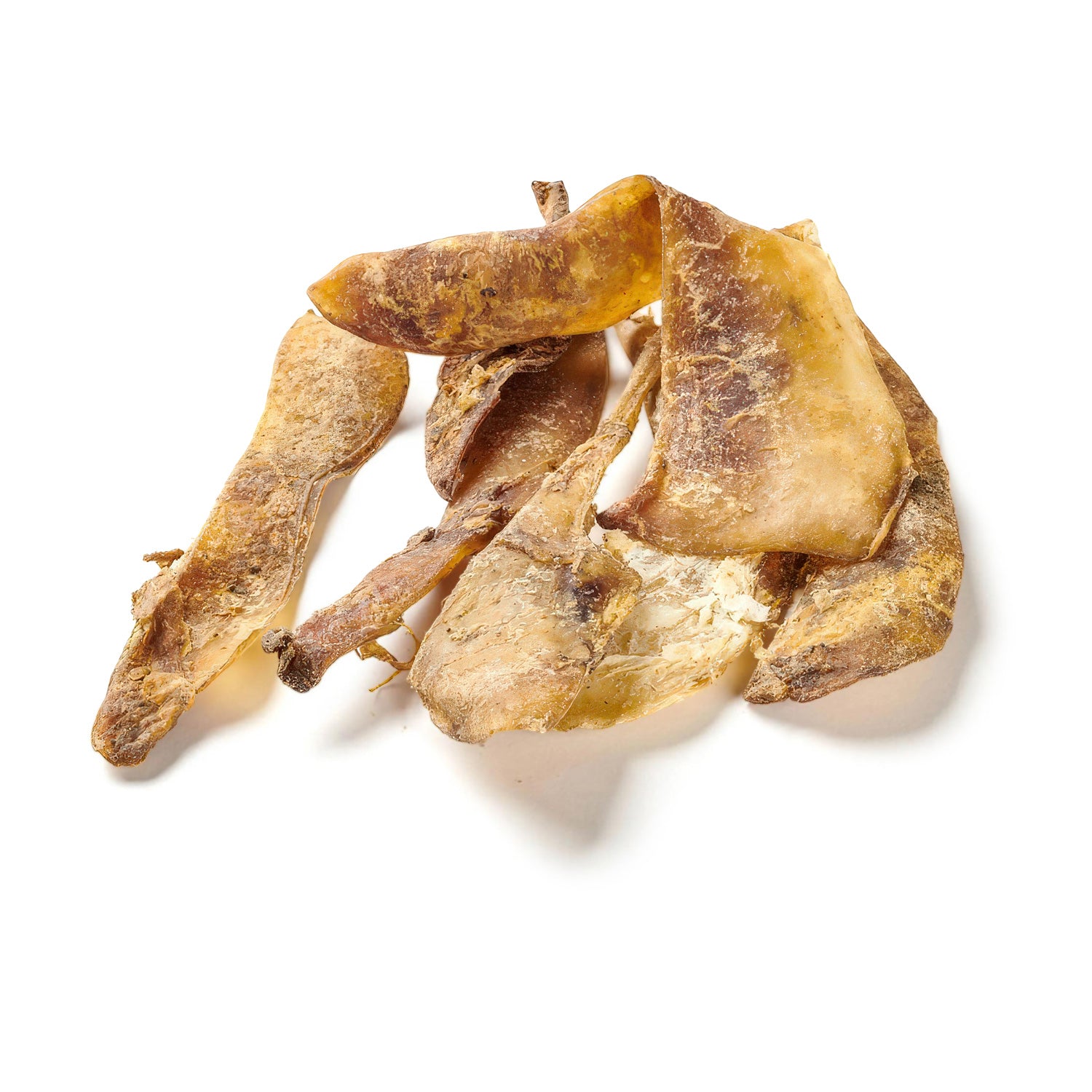
Which dogs don't shed?
Share
It's soft, beautiful and fluffy - and yet it's incredibly annoying: dog hair. If you find it everywhere in your home, that doesn't necessarily indicate that you're a messy house owner. Especially when your dog is shedding, it's impossible to keep up with the hair in some dog breeds.
This is particularly difficult for people who are allergic to dog saliva. But there are some dog breeds that shed little hair and are therefore more suitable for allergy sufferers. We will show you which ones - and how you can prevent them when grooming.
Content: Which dogs don’t shed?
- Are dogs that don’t shed less likely to have allergies?
- Which dogs shed little? What their fur reveals
- Which dogs don’t shed hair?
- Is your dog shedding a lot? Proper coat care
- Conclusion
Are dogs that don’t shed less likely to have allergies?
Yes and no, because the allergens are mostly found in the dog’s saliva, dander and urine.
As the dog cleans itself, the allergens stick to the fur of the four-legged friend. The particles are then automatically distributed in the environment and trigger the allergy . It is therefore not surprising that a dog that sheds a lot of hair is more likely to trigger an allergy.
Reward your best friend with our dog treats!
Which dogs shed little? What their fur reveals
It cannot be said in general that dogs with short fur shed less. The length of the fur has no influence on how much a dog ultimately sheds.
There are dog breeds with long hair that shed little and vice versa.
What about curly dogs? In fact, dogs with curly coats shed less. Curly hair gets tangled easily and so less fur falls on the floor.
Which dogs don’t shed hair?
All dogs lose hair from time to time. This cannot be avoided. However, there are dog breeds that lose very little hair. To give you a brief overview, here are some examples, sorted by the size of the dog.
- Small dogs that shed little hair:
- Basenji - The Basenji grooms itself frequently and takes care of its own fur. Its odorless fur, which hardly smells even when it rains, also hardly sheds, making it the perfect dog for allergy sufferers.
- Chihuahua - Chihuahuas grow up to 23 cm tall and are considered the smallest dog breed in the world. Short-haired Chihuahuas shed little hair. To care for the coat, it should be combed regularly.
- Chinese Crested - The Chinese Crested dog comes with five different coat types. Some of them are largely hairless - which is definitely an advantage for allergy sufferers.
- Miniature Schnauzers - Miniature Schnauzers are recognizable by their long facial hair, which resembles a mustache. If the coat is trimmed or shaved two to three times a year, grooming takes little time.
- Medium-sized dogs that shed little hair:
- Malinois - The active Malinois are also dogs that shed little hair. Thanks to their short hair, Malinois are easy to care for. It is usually enough to brush them once a week.
- Terriers - Despite their wild coat, terriers shed little hair. Their coats are generally easy to care for. Weekly brushing and an occasional bath are usually sufficient. However, some terrier breeds also require regular trimming.
- Lagotto Romagnolo - Despite their wild coat, terriers shed little hair. Their coat is generally easy to care for. Weekly brushing and an occasional bath are usually sufficient. However, some terrier breeds also require regular trimming.
- Large dogs that shed little hair:
- Giant Schnauzer - Giant Schnauzers are known for their rough coat and the typical Schnauzer beard. To avoid matting, their coat should be brushed and trimmed regularly.
- Afghan Hound - The long, silky coat of the Afghan Hound sheds very little. Nevertheless, grooming takes a lot of time. Hours of grooming and regular bathing are important to keep the coat healthy and clean.
- Poodle - Poodles have a thick, woolly coat. Since it does not change with the seasons, it sheds very little hair. However, to prevent the coat from matting, poodles must be clipped regularly and brushed daily.
- German Shorthaired Pointer - The short, tight coat of the German Shorthaired Pointer sheds very little. It is also very easy to care for. Weekly brushing is enough to keep it healthy and shiny.
Discover our selection of premium dog chews!
Is your dog shedding a lot? Proper coat care
Regular grooming not only reduces the amount of hair your dog sheds, but also helps you identify potential illnesses and parasites such as fleas or mites more quickly. If your dog scratches itself, you should check it for parasites or illnesses. It can also strengthen your relationship with the dog.
For dogs that shed little, grooming plays a particularly important role. This involves removing annoying knots and loose hair.
Regular combing, brushing and bathing is just as important for dogs as a healthy, balanced diet. However, you should be sparing with bathing.
Since the fur is partly made up of proteins, the dog food should contain sufficient highly digestible protein (e.g. muscle meat).
In addition, the dog's diet can be supplemented with unsaturated fatty acids. High-quality oils such as linseed or fish oil are suitable for this - but oils should only be fed in moderation.
Vitamins, especially vitamins A and B, as well as minerals such as zinc are also important for keeping a dog’s coat healthy and shiny.
Conclusion
There are a number of dog breeds that shed very little and are therefore perhaps suitable for allergy sufferers. But these dogs also have fur and will lose hair. However, if you don't neglect grooming, you can get a large part of the hairy flood under control.
Pamper your dog with our delicious chews!

